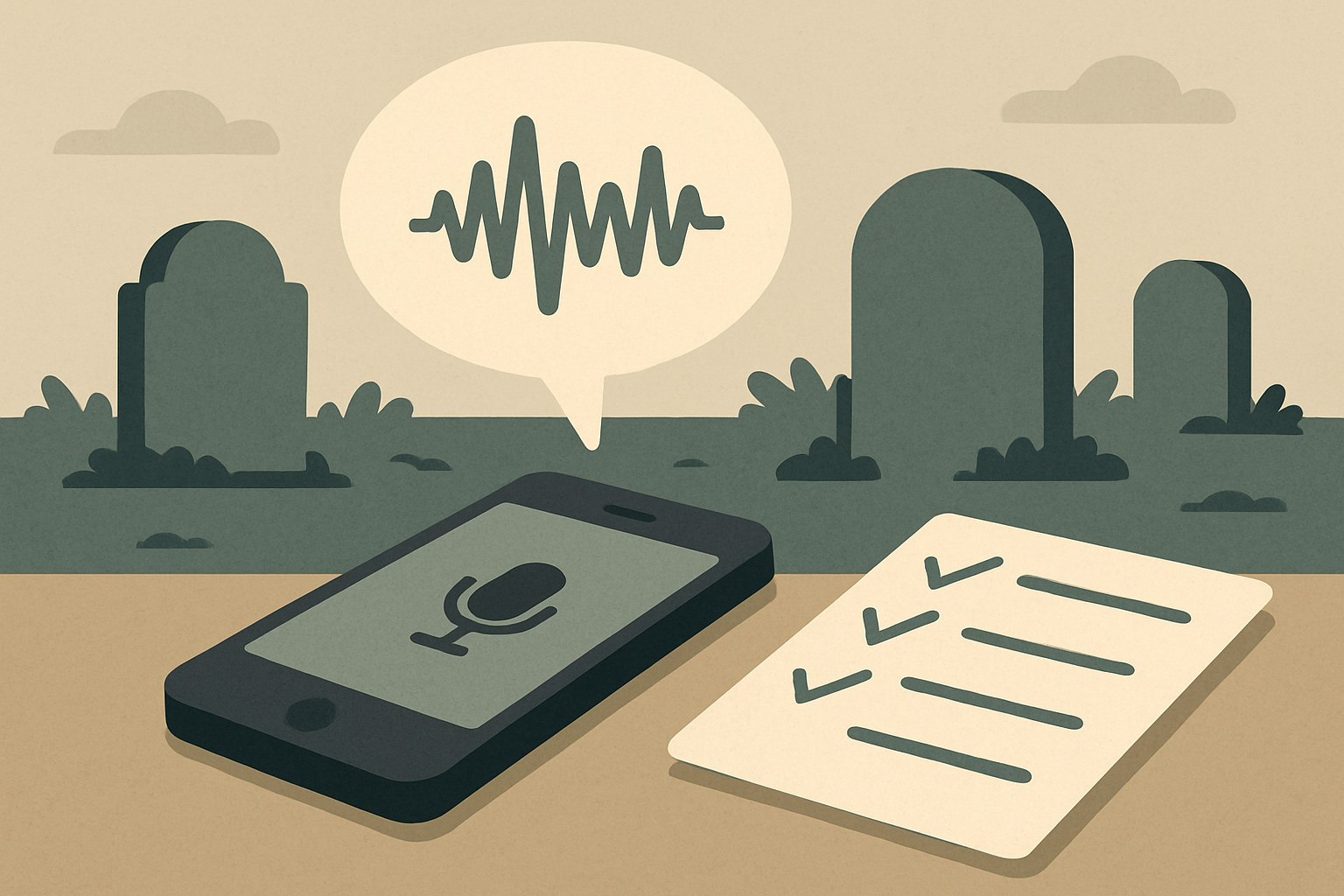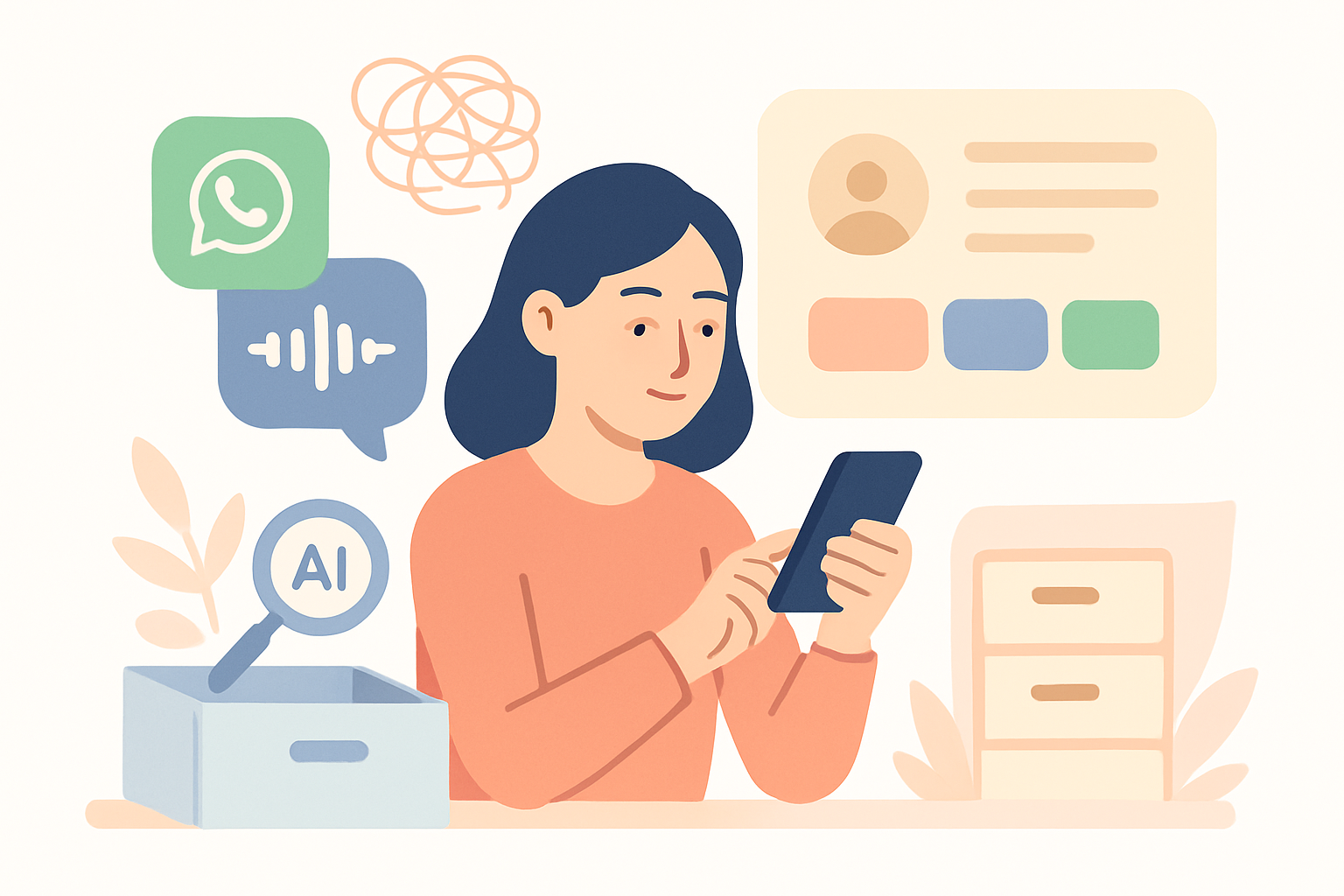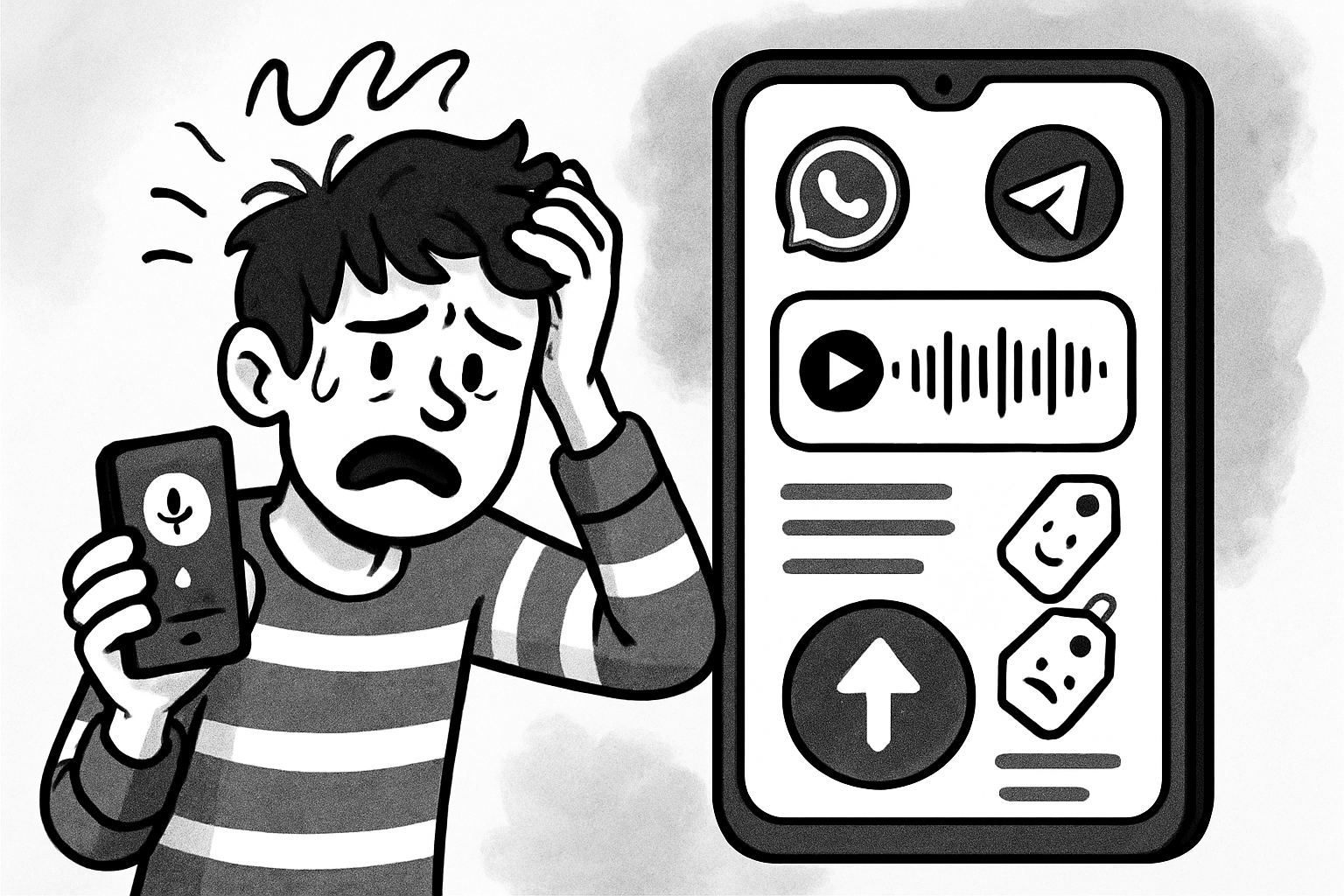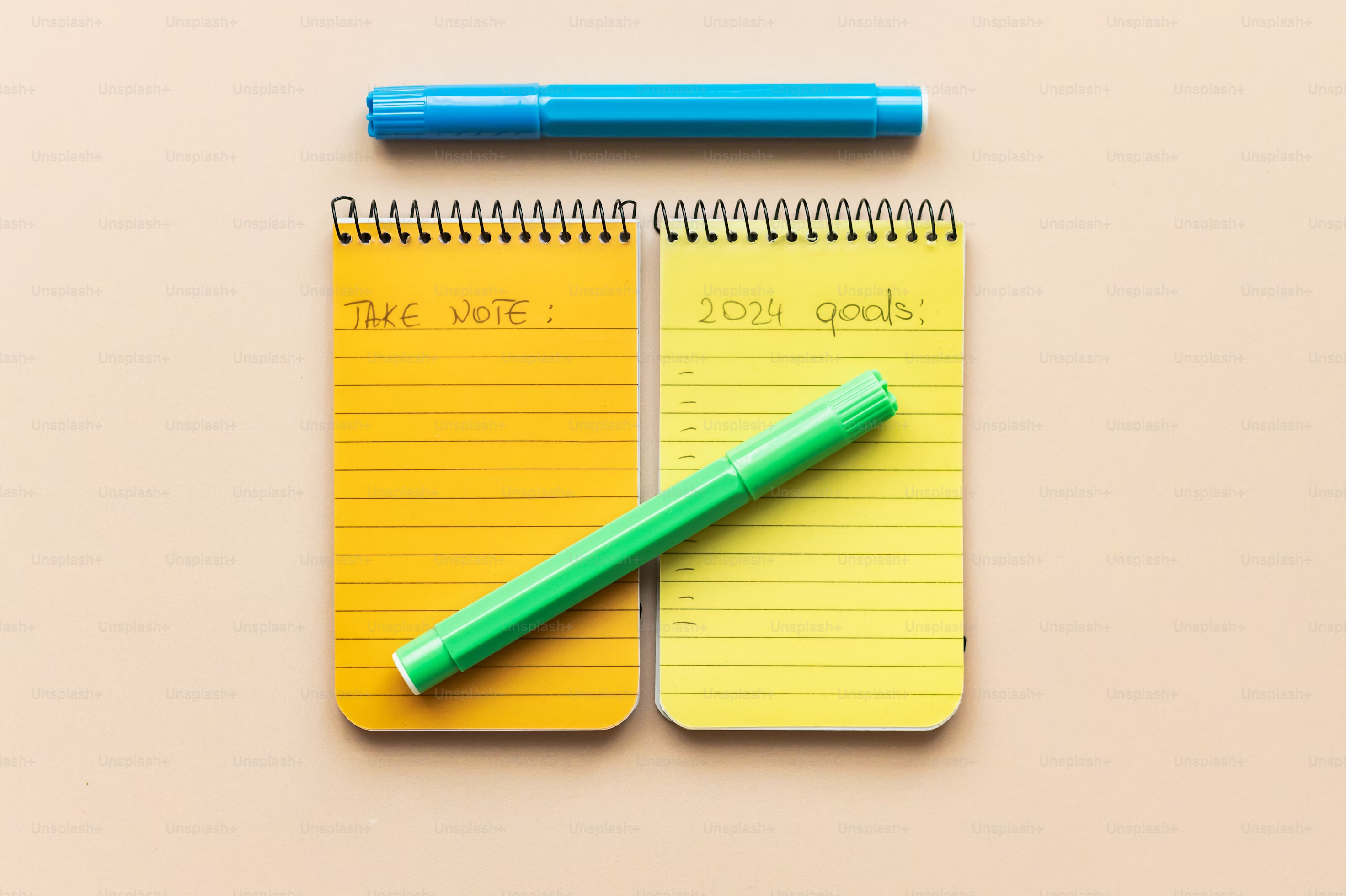The Voice Memo Graveyard: How to Automatically Turn Spoken Ideas into a To-Do List
Are your brilliant ideas getting lost in unplayed voice memos? Learn how to automatically transcribe and convert your spoken thoughts into an organized, actionable to-do list, ensuring no great idea gets left behind.

The Voice Memo Graveyard: How to Automatically Turn Spoken Ideas into a To-Do List
Ever recorded a brilliant idea as a voice memo, only for it to vanish into a digital "graveyard" of unplayed recordings? You're not alone. Voice memos are fantastic for capturing a fleeting thought, and their popularity is soaring—WhatsApp users send around 7 billion voice messages daily, and a YouGov poll found that 43% of young adults use them weekly. But they often fall short as tools for *action*. They're passive, linear, tough to search, and require manual effort to process.
The core problem is this: ideas captured as audio rarely translate directly into actionable tasks. This leads to lost insights and missed opportunities. The solution? **Automatically turning your spoken ideas into structured, actionable items.** Tools like Yaranga bridge this critical gap, especially benefiting busy individuals or neurodivergent minds who thrive on streamlined processes. Imagine speaking your thoughts and having them instantly transformed into tasks, ready to be acted upon.
Why the 'Capture First, Organize Later' Approach Needs Automation
Quickly capturing thoughts when inspiration hits is invaluable. It's how you prevent those brilliant, fleeting ideas from getting lost forever. But here's the catch: the "organize later" part often becomes a significant barrier to execution. This is especially true for anyone facing executive function challenges, where starting and completing tasks can be difficult.
Audio-only notes amplify this problem. This multi-step manual process drains energy and time, making it easy to procrastinate. The cost is real: research indicates professionals can lose over six weeks per year to manual administrative tasks. Automation is the key to making the "capture first" philosophy truly effective. It removes friction points, ensuring your captured thoughts move from passive notes to active to-dos.
Learn more about how to set up these automated workflows by exploring this step-by-step guide to transcribing voice memos into text using AI.
Yaranga's Secret Weapon: Turning Spoken Thoughts into Action
Yaranga is designed to tackle this exact challenge, combining notes and tasks in one intuitive place. Its core functionality revolves around a "capture first, organize later" ethos, making it incredibly effective for handling voice input. Yaranga is built with busy and neurodivergent individuals, including those with ADHD, in mind, directly addressing common barriers to action through neuroinclusive design.
Step 1: Quick Capture with Voice
Yaranga makes capturing ideas effortless with its 'Quick Add Notes on the Go' feature. Just speak your thoughts, and the app takes care of the rest. It’s designed for instant capture, meaning you don't need to worry about complex categorization or perfect phrasing upfront. Simply record your idea, and move on. This speed and simplicity are crucial for maintaining flow and preventing brilliant ideas from slipping away.
This quick capture capability is a cornerstone of modern digital note-taking. You can explore a full workflow and best practices for managing spoken ideas by reading this guide on converting voice memos to text.
Step 2: Automatic Transcription and Searchability
Once you've spoken your note, Yaranga's automatic voice-to-text transcription feature immediately gets to work. This is where your spoken idea transforms into searchable text. Suddenly, your voice memo isn't just an audio file; it's a dynamic piece of content you can easily find without needing to re-listen. Imagine searching for a keyword you spoke weeks ago and instantly pulling up the relevant note.
Beyond transcription, Yaranga uses smart tagging, not folders, to automatically organize this content. This means your thoughts are structured without you needing to manually file them away. The accuracy of the underlying transcription model (like OpenAI's Whisper) is critical, and continuous improvements in this technology make such features more reliable than ever. For a deeper dive into model accuracy, consider this analysis of various speech-to-text models.
Step 3: Auto-Extraction of Tasks and Actionable Items
This is the most powerful step: Yaranga doesn't just transcribe; it intelligently analyzes the text. Using its 'Voice-to-text with automatic actionable items, dates & hashtags extraction' feature, it identifies potential tasks, dates, and hashtags you mentioned. For example, saying "Remind me to call John tomorrow" can trigger a task creation with a due date.
The 'Auto-Extraction of Tasks From Notes' feature then pulls these items onto a dedicated task board. For neurodivergent users, this is transformative. AI-powered tools that structure workloads into clear steps are proven to help individuals stay on track. This automation turns a stream of consciousness into an organized plan, creating new opportunities to succeed in the workplace.
The Neurodiversity Advantage: Why AI Task Management is a Game-Changer
Traditional productivity tools often present a rigid structure that doesn't cater to the diverse needs of neurodivergent users. Yaranga is part of a growing ecosystem of AI tools designed to provide the flexibility and support needed to thrive. The key is neuroinclusive design, which focuses on creating adaptable and intuitive experiences.
Principles of neuroinclusive design include providing customizable interfaces, visual aids like diagrams and color-coding, and flexible communication options. This approach enhances comprehension and reduces cognitive load, benefiting all users. You can learn more about how these principles apply to project management tools here.
This user-centric philosophy is reflected in a variety of helpful apps. Tools like OneTask help users with ADHD organize their day, while Goblin Tools breaks down overwhelming tasks into simple steps. All-in-one workspaces like Notion AI allow for highly personalized setups. This movement towards smarter, more empathetic technology is revolutionizing personal and professional productivity.
From Transcription to Task Board: Making Ideas Actionable
Once your voice memo is transcribed and tasks are extracted in Yaranga, these newly identified tasks don't just sit in a note. They appear directly on Yaranga's dedicated task board. This provides you with a clear, visual overview of everything you need to do, making prioritization and planning simple. No more digging through audio files; your next steps are clearly laid out.
This transforms your ideas from passive notes into active items, ready to be worked on. It's a fundamental shift in productivity, ensuring your brilliant thoughts translate into tangible progress. The ability to easily find and work with your transcribed tasks is a game-changer, as detailed in resources on modern speech-to-text apps.
Yaranga further streamlines your workflow by integrating other inputs like email, calendar, WhatsApp, and Telegram. This means all your actionable items—whether spoken, emailed, or messaged—are centralized in one place, creating a unified hub for your productivity.
Conclusion: Rescuing Your Voice Memo Graveyard
The struggle of lost ideas trapped in a "voice memo graveyard" is a common one. But with automated solutions like Yaranga, that struggle can become a thing of the past. By seamlessly combining automatic transcription with intelligent task extraction, your spoken thoughts are no longer passive recordings but active, actionable items on your to-do list.
Yaranga provides a simple, effective way to implement this, particularly suiting individuals who need streamlined workflows to manage their productivity, including those with ADHD. It's about ensuring no brilliant idea gets left behind, transforming your creative bursts into completed tasks, and ultimately, boosting your overall productivity.




